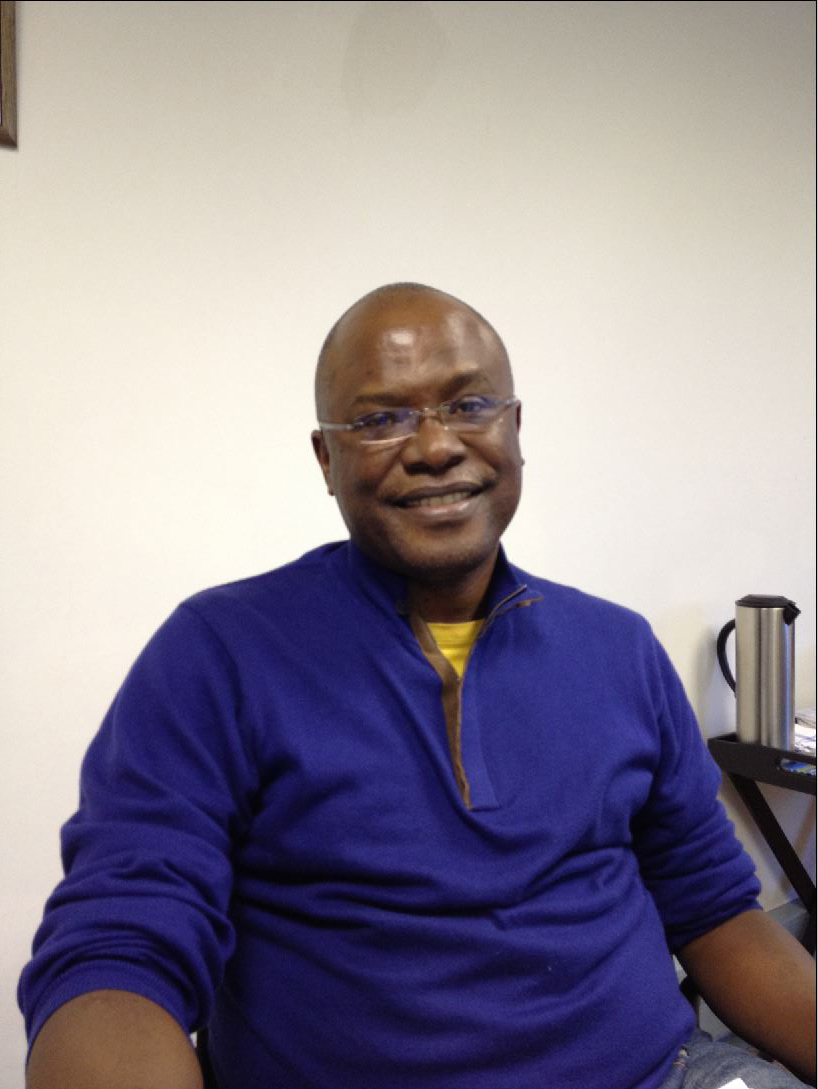Collecting evidence
Slowly, SNAP was starting to turn the tide of the epidemic in Swaziland. In 2011, evidence arrived to support that claim. The previous year, the government planned a campaign of voluntary adult male circumcision. [32] Male circumcision had been shown to reduce the risk of HIV infection, but only about 15 percent of Swazi adult males were circumcised. Increasing the rate of circumcision looked like a promising pathway for decreasing transmission rates, and USAID agreed to help the Swaziland government with a male circumcision campaign. The US Centers for Disease Control (CDC) decided to measure the impact of the campaign on the epidemic. CDC contacted ICAP, which agreed to conduct a national HIV incidence survey to establish a baseline. [33]

Dr. Ruben Sahabo
From December 2010 to June 2011 ICAP, in collaboration with the Ministry of Health, surveyed 12,603 households—7,129 men and 11,040 women aged 18-49. The HIV Incidence Measurement Survey (SHIMS) measured both the prevalence of HIV, and the rate of new infections. USAID then began the circumcision campaign with a goal of circumcising 150,000 males within a year; eventually, they hoped 80 percent of males would be circumcised. Unfortunately, the campaign fell short of the goal with only 20 percent of men accepting circumcision, says Dr. Ruben Sahabo, ICAP country director in Swaziland. [34]
Nonetheless, the survey itself proved valuable. Apparently, the epidemic had plateaued. The survey data demonstrated that 31 percent of Swazis aged 18-49 were HIV-positive, the same prevalence rate as five years earlier. Prevalence continued higher among women (39 percent) than men (24 percent). [35] Women 30-34 were infected at the highest rate (54 percent); while among men the 35-39 age group took the high score (48 percent)—higher than in the past. But HIV among women under 30 and men under 35 had declined. These age-specific shifts suggested that Swazis with HIV were living longer thanks to antiretroviral therapy, and that new infection rates were dropping. [36]
Follow-up tests and interviews conducted through SHIMS provided the first national measure of new HIV infections. The HIV incidence (new infections) rate in Swaziland in 2011 was 2.4 percent: 3.1 percent for women and 1.7 percent for men. Peak incidence rates were 4.2 percent for women aged 20-24 and 35-39, and 3.1 percent for men aged 30-34. The results matched expectations, and suggested that the rate of new infections, while still high, appeared to be dropping.
[32] Ayanda Nqeketo, Reflections of collaboration experiences in Swaziland , January 7, 2012. See: http://www.observer.org.sz/index.php?news=34056
[33] Author’s interview with Dr. Jessica Justman in New York City on May 7, 2014. All further quotes from Justman, unless otherwise attributed, are from that interview.
[34] Author’s interview with Dr. Ruben Sahabo in Mbabane, Swaziland on May 30, 2014. All further quotes from Sahabo, unless otherwise attributed, are from that interview.
[35] George T. Bicego, et al., “Recent Patterns in Population-Based HIV Prevalence in Swaziland,” PLOS ONE , 2013. See: http://www.plosone.org/article/info%3Adoi%2F10.1371%2Fjournal.pone.0077101
[36] Ibid.